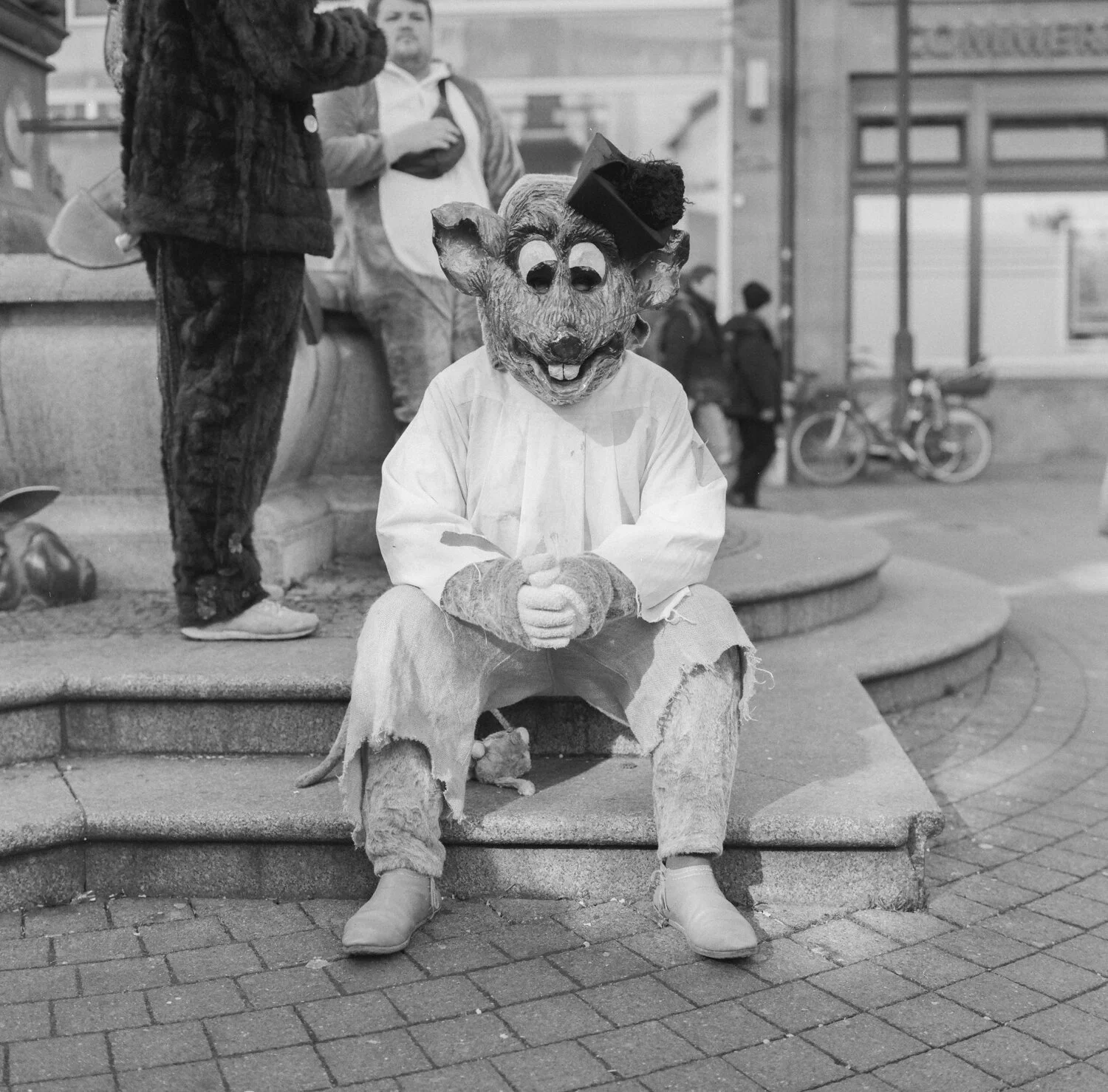My summary of Green Gentrification, of which I'm sure others could handily school me on, as part of a Drawdown Ecochallenge activity, is that it's essentially just gentrification, except that it starts with a sincere attempt to protect a city against climate change or to increase green spaces. The articles shared in the Drawdown app were alright, but in search of solutions, I eventually made my way to this WashPo article with a summary of proposals for gentrification in general, which I think would apply to Green Gentrification as well.
"There are other ways to help people stay rooted in their communities: provide renters with the opportunity and financing to purchase their units; preserve and expand public housing; protect elderly and long-term residents from property tax increases; enforce building codes and offer easy options for renters to report bad landlords; negotiate payment plans with homeowners who have fallen behind on their property taxes; establish community benefits agreements with investors in large projects to ensure that local residents benefit from the investment; offer developers higher levels of density in return for funding more affordable housing units in their projects; establish a loan fund to help small business owners buy their buildings."






































































































